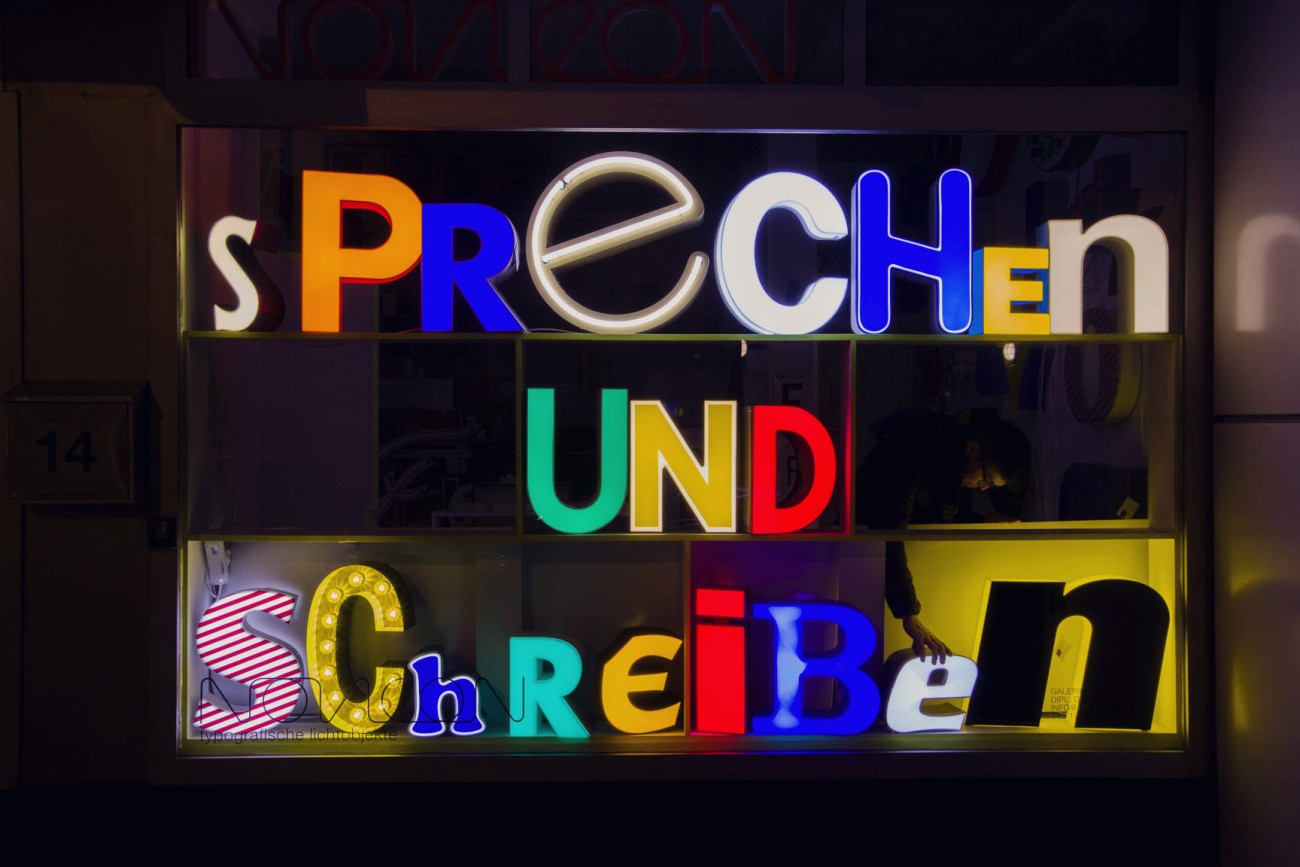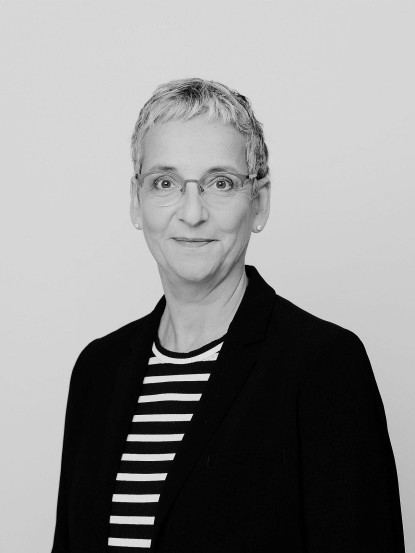What do we mean by gender-inclusive language?
In the German language, there are a variety of ways to use gender-sensitive wording. In general, two possibilities of gender-inclusive language can be distinguished: making gender diversity visible and gender-neutral formulation. Making gender diversity visible can be done in texts by using certain special characters. Currently, there are three common choices for the German language that represent all genders or stand for the diversity of gender identities:
- the colon : example: Professor:innen
- the asterisk, also called gender star * example: Professor*innen
- the underscore, also called gendergap _ example: Professor_innen
How we speak and address others expresses our attitude towards them. By using gender-sensitive language, we show our appreciation and respect for all people. It's not about speaking and writing in the one supposedly “right” way that is gender sensitive, but about going for it and trying it out. In addition to (written) language, images also shape our perception of reality and reflect the values and culture of TU Darmstadt.


